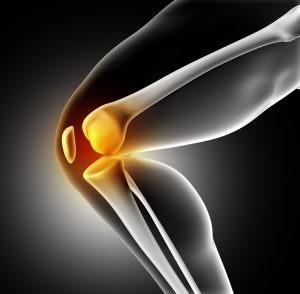Joint Replacement

It doesn’t matter if you are careful, athletic, careless or sedentary. If you live long enough, the cartilage between your joints is going to deteriorate to the point where movement will become difficult and painful. While joint replacement is a very common and routine surgery, there are still dangers to contend with.
Improper installation of the replacement joints can cause the joint to not bend or flex properly. The joint can heal incorrectly, causing a buildup of scar tissue to interfere with the new joint and require further hospital visits to correct. All surgery, no matter how commonplace, is intrusive and joint replacement opens the body to the possibility of infection from a number of routes not the least of which is the possibility of an unrelated infection elsewhere in the body affecting the new joint.
In addition to the possible hazards that can arise from related errors in the procedure by a doctor or hospital, the replacement parts themselves can pose a danger.
A study in the Bone and Joint Journal expressed concerns over the use of metal-on-metal replacement joints commonly used in hip replacement. The study found that almost half of their subjects reported “adverse tissue reaction” at the affected sites due to metal debris coming off the implants after 10 years. By comparison, the metal-on-metal replacement joints were compared alongside ceramic-on-polyethylene replacements and the latter had a lower incidence of failures of all types over the same testing period and no incidence of adverse symptoms due to metal debris.
While not all of the complications that can arise are life-threatening, many of them can cause rejection of the implanted joint. Because replacement surgery requires the removal of existing bone, there are only so many times a replacement can be attempted before there is not enough bone to anchor new parts.
There are several reasons for failure of a replacement joint. There can be normal loosening with wear. Patient illness or infection, or obesity can also cause failure.
But sometimes the cause of failure is due to improper design or manufacturing of the joint. When that happens, patients may have the right to compensation from the maker of the implanted device. If you have experienced replacement joint failure, and have any questions about whether the manufacturer is liable, speak to an attorney experienced in medical device product liability cases. If you would like a free consultation, please call 1-800-Malpractice.

